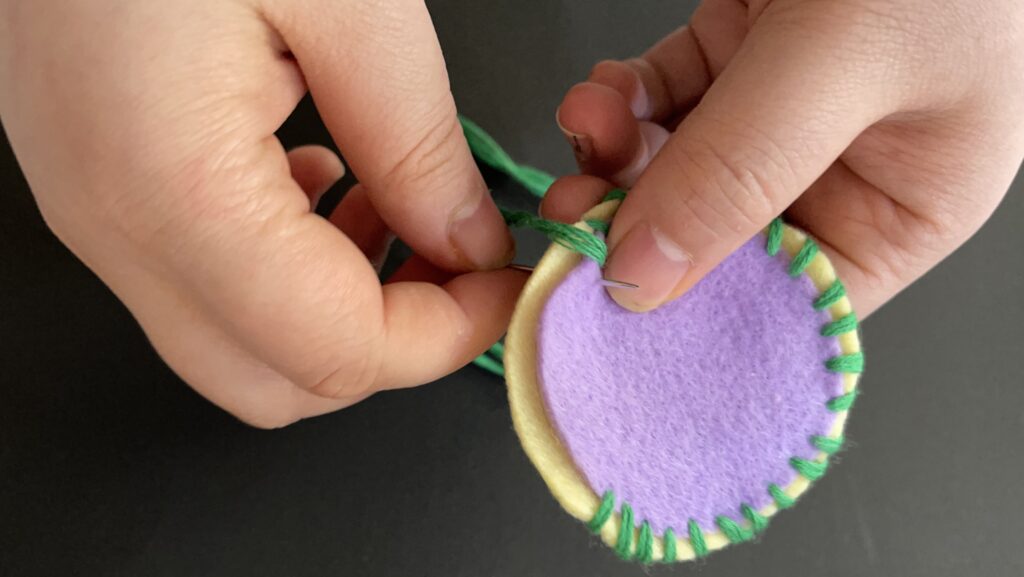

Collecting first-person data can provide nuanced understanding of the lived experience of emotional life, to better inform the design of technologies such as wearable technologies. Through a range of projects, we look at designing technologies for health and wellbeing. We present our workbook titled The Inside-Out Probe Workbook which has been used in two different contexts. Specifically, it allows us to capture first-person perspectives to record the momentary, lived experience during a practice or interaction. Through a series of case studies we use and refine the Inside-Out Probe Workbook.

In one example, it was used to design an interactive scarf for reflecting on emotions. Self-observation and documentation followed autoethnography methodologies and included journaling and sketching using the Inside-Out Probe workbook, material prototyping and testing in-the-wild. The Breathing Scarf prototype embodies key considerations including designing for personal comfort, ownership, and individual-over-social meaning-making. Of equal importance in such case are the well-being of the designer/researcher, the ability to self-regulate emotions, and the ethics of care and emotion work.
In another example, the workbook was used to understand the experience of amblyopia follow-up treatment activity. Amblyopia is a common neurodevelopmental condition affecting people’s vision and quality of life. Follow-up treatment plays an essential role in improving amblyopia, and experts have proposed embroidery as a potential activity many times. The low compliance of amblyopia patients is one of the impediments. In this example, we explore the augmentation of traditional embroidery activities with computationally generated patterns based on the stitching preferences of the user.
People
- Yidan Cao
- Dr Karen Cochrane
- Dr Lian LokeD
- Dr Audrey Girouard
Publications
- Cochrane KA, Cao Y., Girouard, A., Loke L. (2022). Breathing Scarf: Using a First-Person Research Method to Design a Wearable for Emotional Regulation. In proceedings of the International Conference on Tangible and Embodied Interactions (TEI’22). ACM.
- Cao, Y., Cochrane, K. A., & Loke, L. (2022, June). Computationally augmenting traditional embroidery practices: an autobiographical design process with first-person patient experience for amblyopia follow up treatment activity. In Designing Interactive Systems Conference (pp. 1133-1147).
